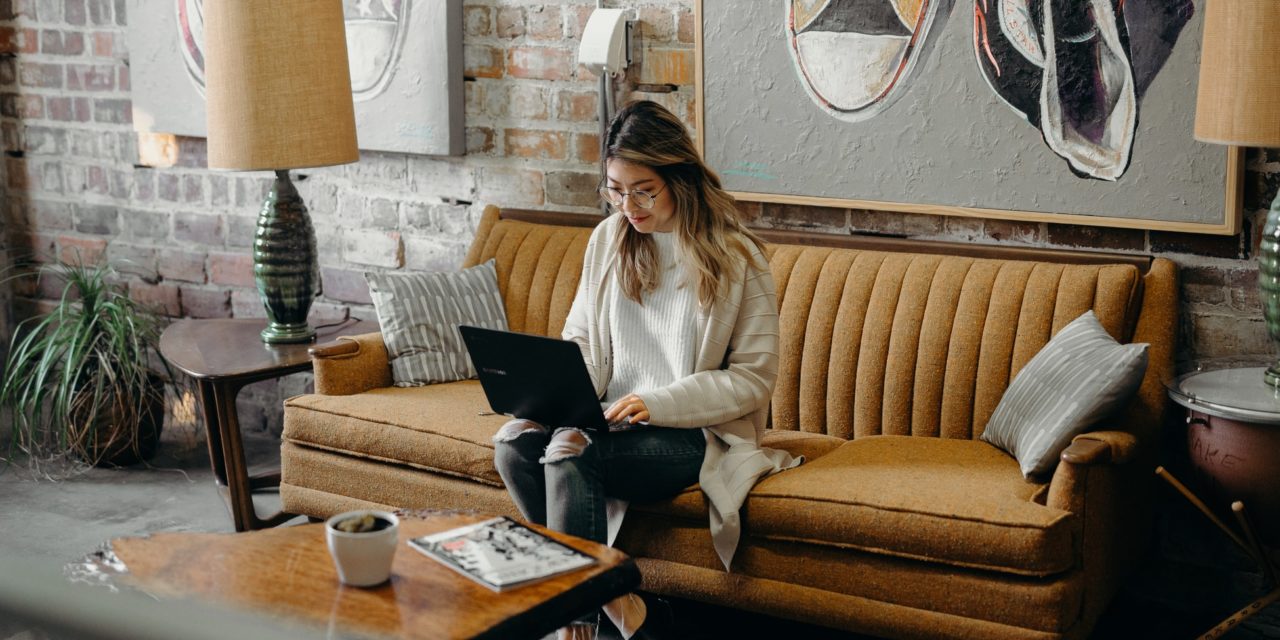[ad_1]
Cypress is a popular choice in building, and often seen in outdoor patio furniture. Though classified as a softwood, the wood found in cypress tables is extremely durable and long-lasting. That said, a little elbow grease can go a long way in keeping the original luster and beautifully colored grain of this exotic species looking great year after year.
Oils and Sealants
Cypress tables and other cypress furniture is blessed by the fact that the wood creates its own oils, called cypressines, that not only preserve the wood from the inside out, but also help stave off fungus and insect infestation. To add to that, the oils combined with a naturally tight and straight grain make the wood resistant to cracking and warping. Regardless, a little oiling once a year on your part will further preserve the natural sheen of the wood. Those who live in sunnier and hotter environments might be able to get away with oiling twice a year. If cypress furniture is kept outdoors throughout the year, be advised that the wood will turn grayish if left untreated. That is because of the sun's natural patina effect, which is not harmful to the wood and in fact some people prefer its mature and weathered look. On the other hand, if furniture is kept indoors, the wood will not produce as many natural oils, and manual over-oiling can actually turn the wood black. Typically, sealants contain UV inhibitors to repel sun damage, as well as waterproofing agents to keep out moisture, mold and fungus. Some also contain linseed oil to keep wood fibers strong. Olympic Maximum and Calbot's Australian are two popular brands of oil. When applying oils, most types are brushed or sprayed on. Afterwards, allow it to fully soak in, then wipe off any excess and allow cypress tables to dry. Generally, furniture will be ready to use the next day, but because cypress is a particularly dense wood, sometimes it may take longer.
Paint
Cypress possesses a naturally rich color that matches most color schemes, but if you insist on painting it, the wood takes especially well to sealants and paints. And of all exterior finishes, paint does offer the best protection, though even it is subject to peeling and blistering. On average, paint jobs last about 1-3 years depending on exposure. For starters, make sure the wood is clean and dry before starting, then use an oil-based primer on bare wood. Once that has dried, choose a finish. Oil-based finishes tend to last longer than their water-based counterparts, but they are also harder to clean up and more toxic to you and the environment.
Cleaning
People disagree on the best method for cleaning wood furniture in general, but the overall consensus is that in most cases, expensive cleaners are unnecessary. Murphy's Oil Soap or even just regular old soap and water applied with a soft brush will usually do the trick. For tougher stains or mildew, a water and bleach mixture is advisable. Power washers are another route, but caution must be exerted not to strip away parts of the wood. Note that whatever is used, make sure to fully clean off treated areas. Failure to do so will create unsightly build-up. After furniture is cleaned off, do not forget to reapply oil.
Storage
Storing cypress tables and furniture is always a pressing concern, especially for those with limited space. If you cannot afford to make room indoors for patio sets during winter or prolonged exposure to stormy weather, the next best option is to cover furniture with water-repellant tarps. These are made from vinyl or reinforced canvas and can often mean the difference between buying a new patio set every few years and never having to buy another set again. One bit of warning with covers: tarps are fitted so they rest snugly over furniture and create a sort of humid hotbed effect. If cypress tables are not completely dry when the cover is put on, there could be an ugly case of mold as a development when you next go to uncover it. Some paints and sealants actually come with a mold inhibitor for those who live in soggy climates.
[ad_2]
Source by Tonya Kerniva


